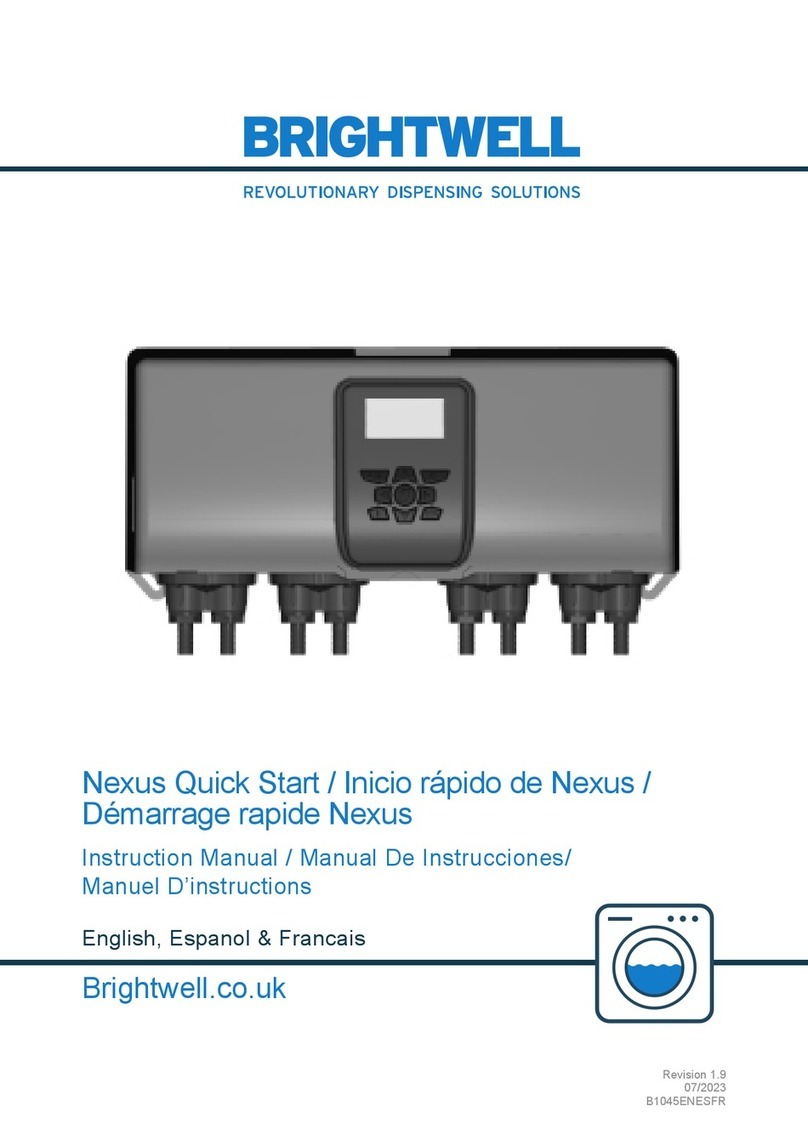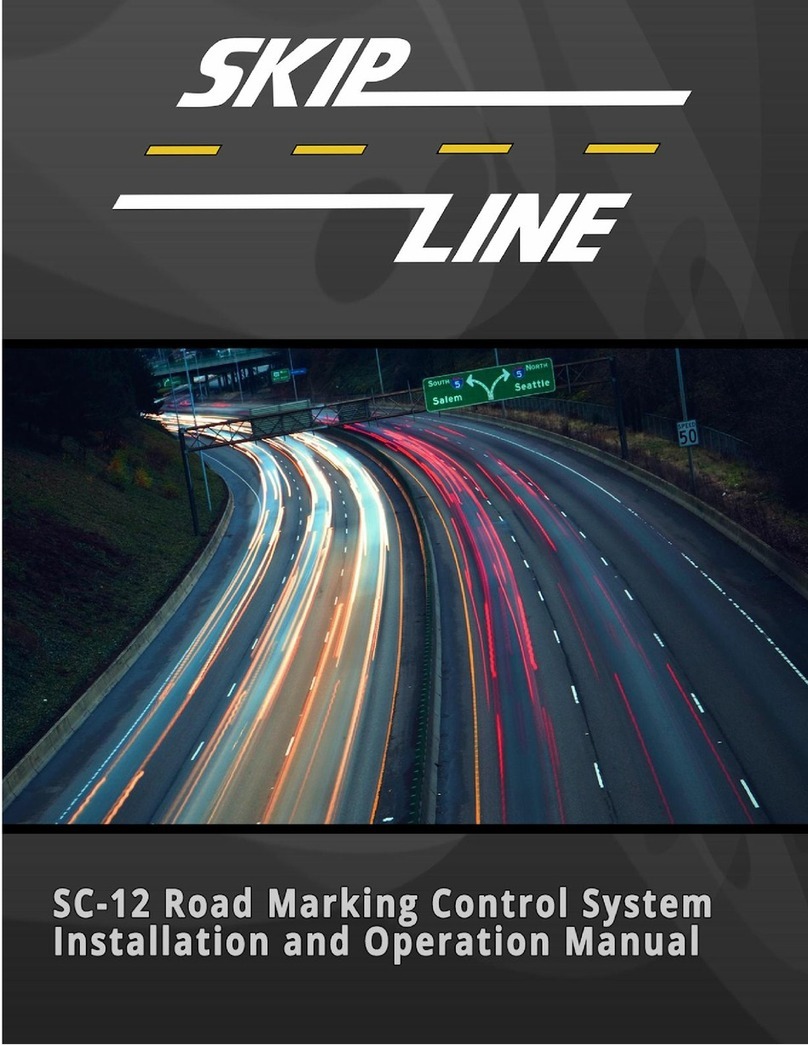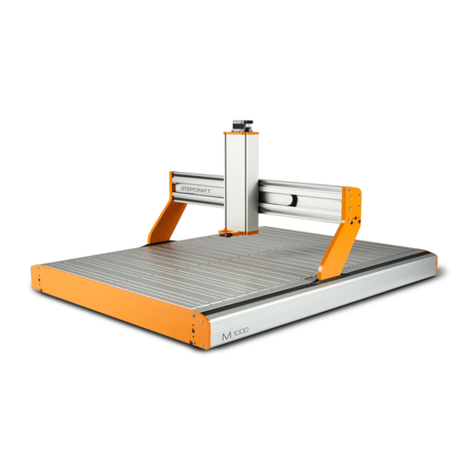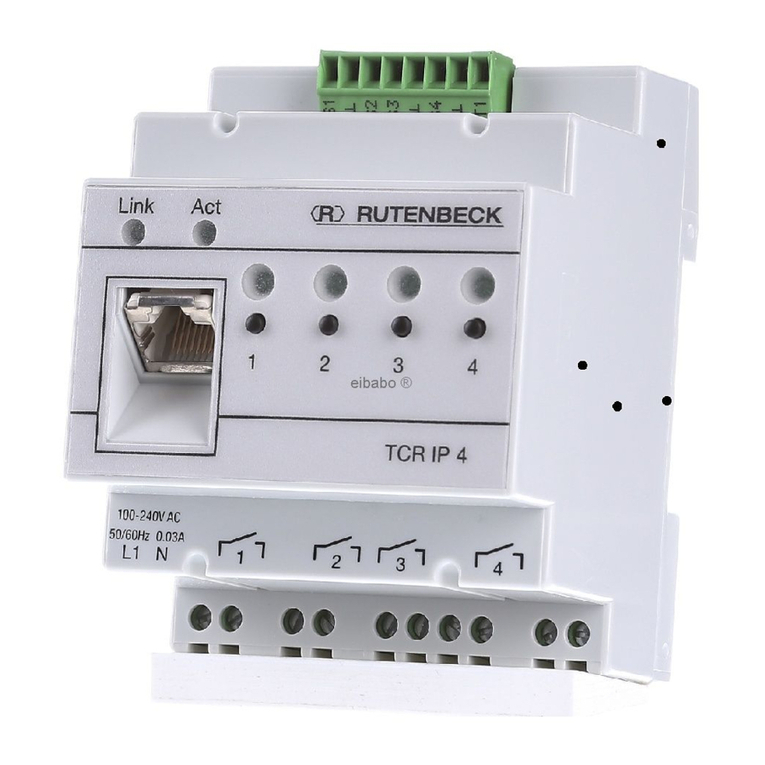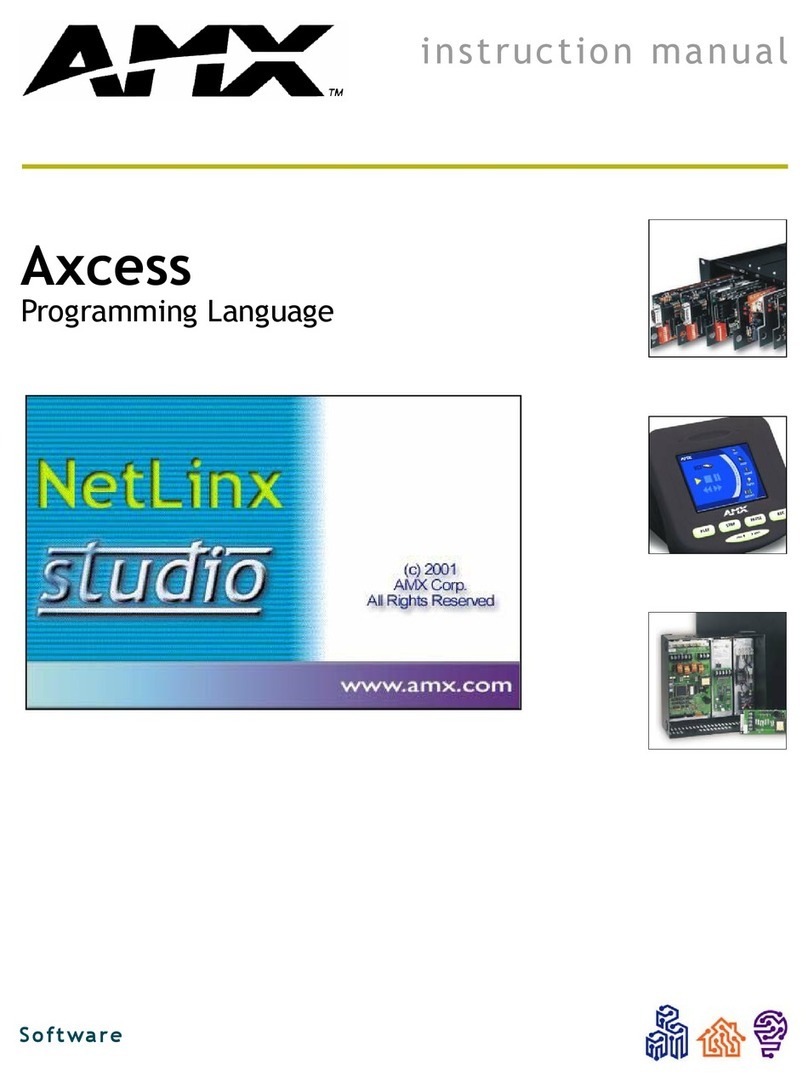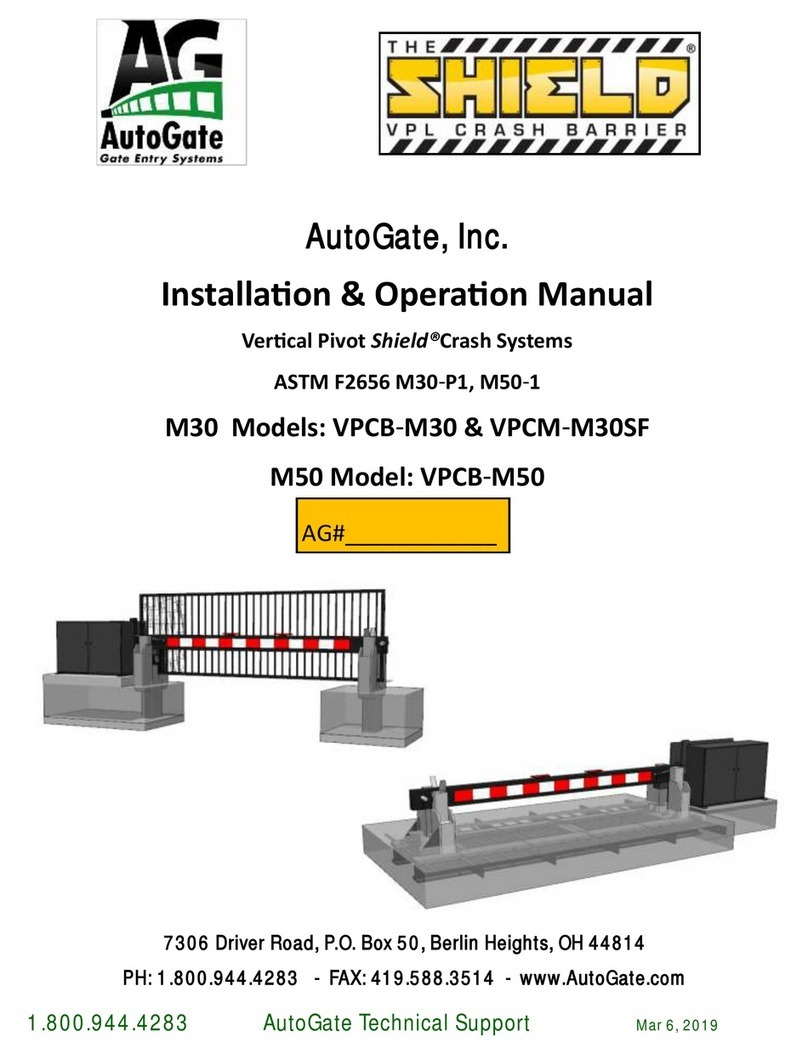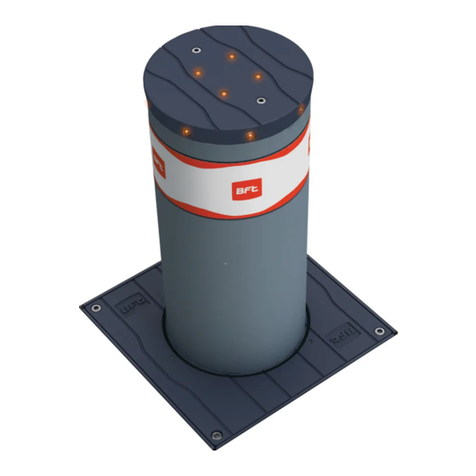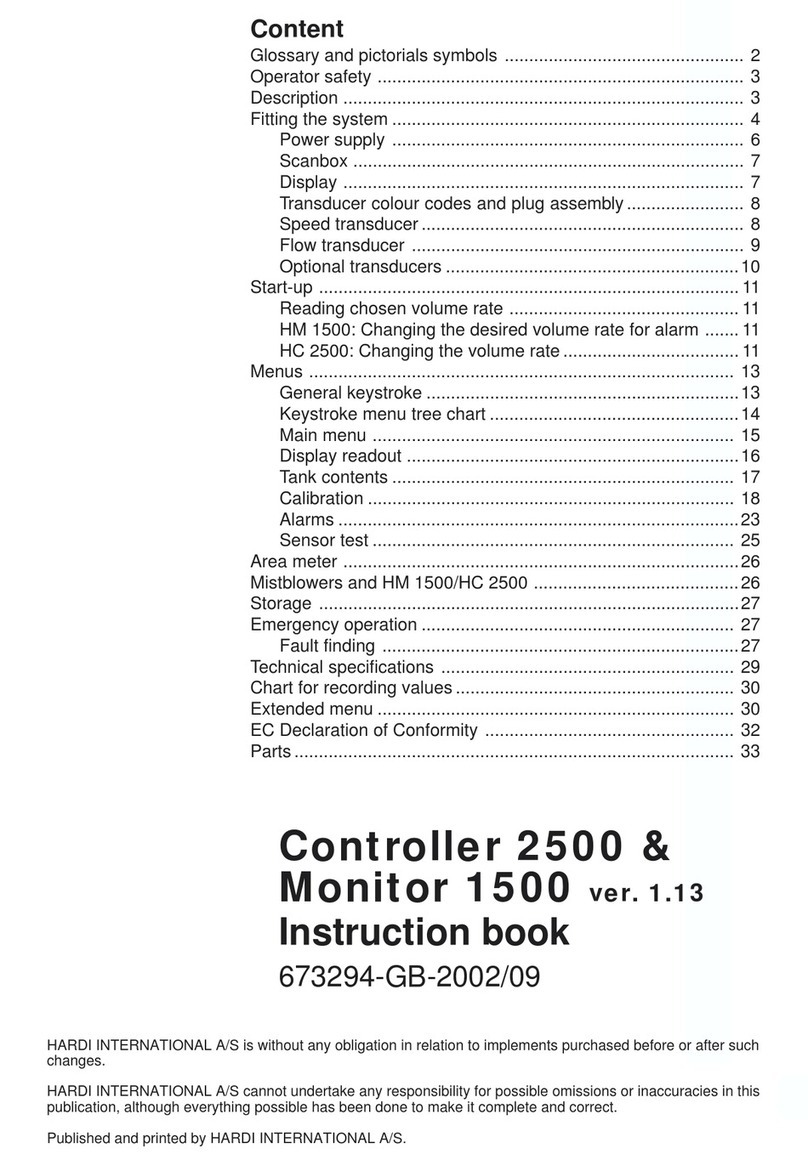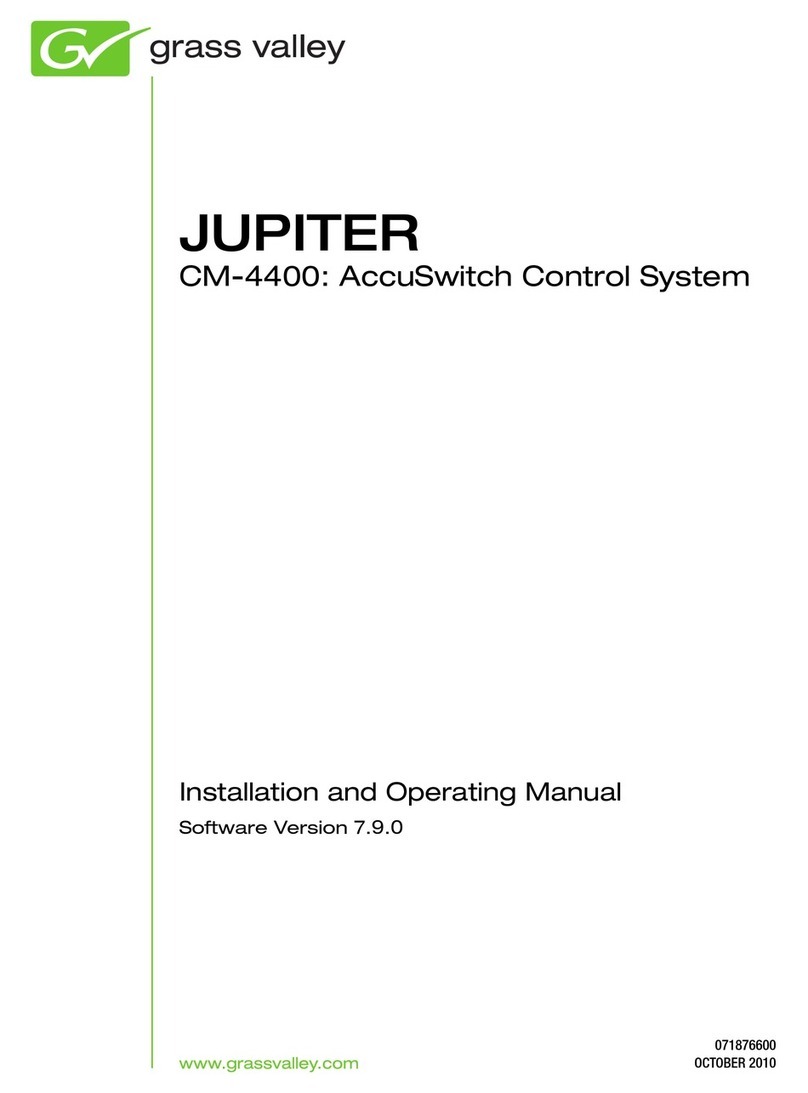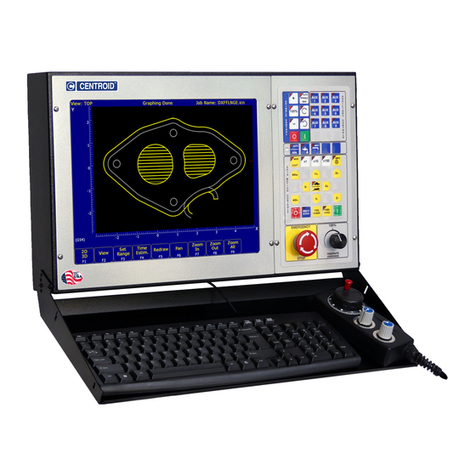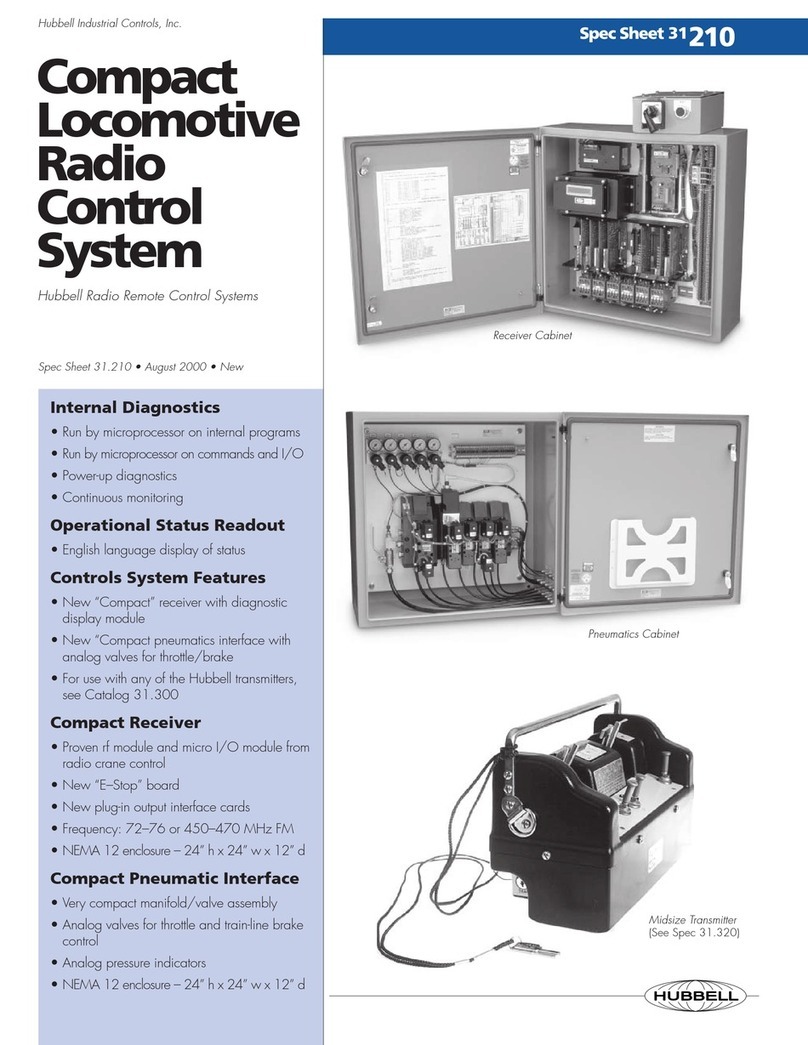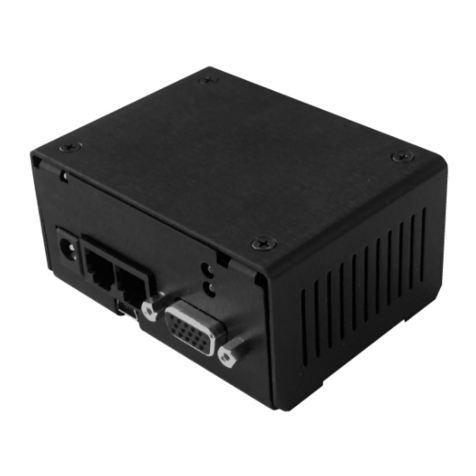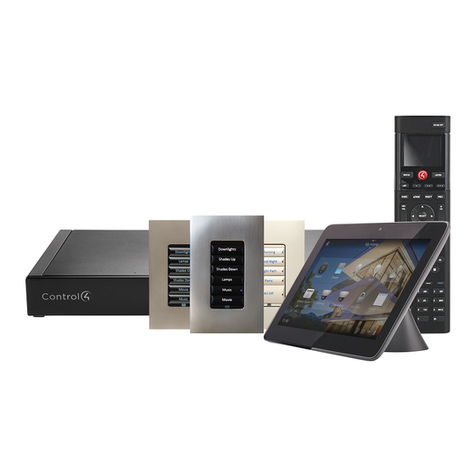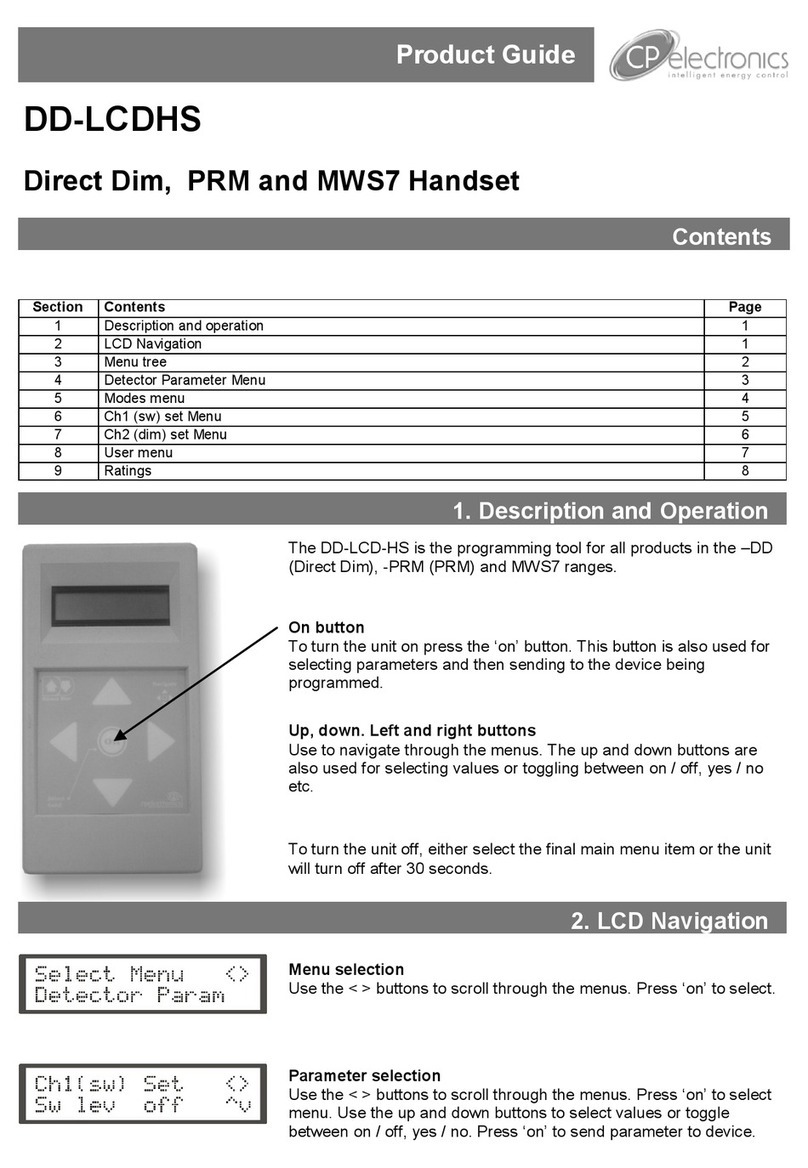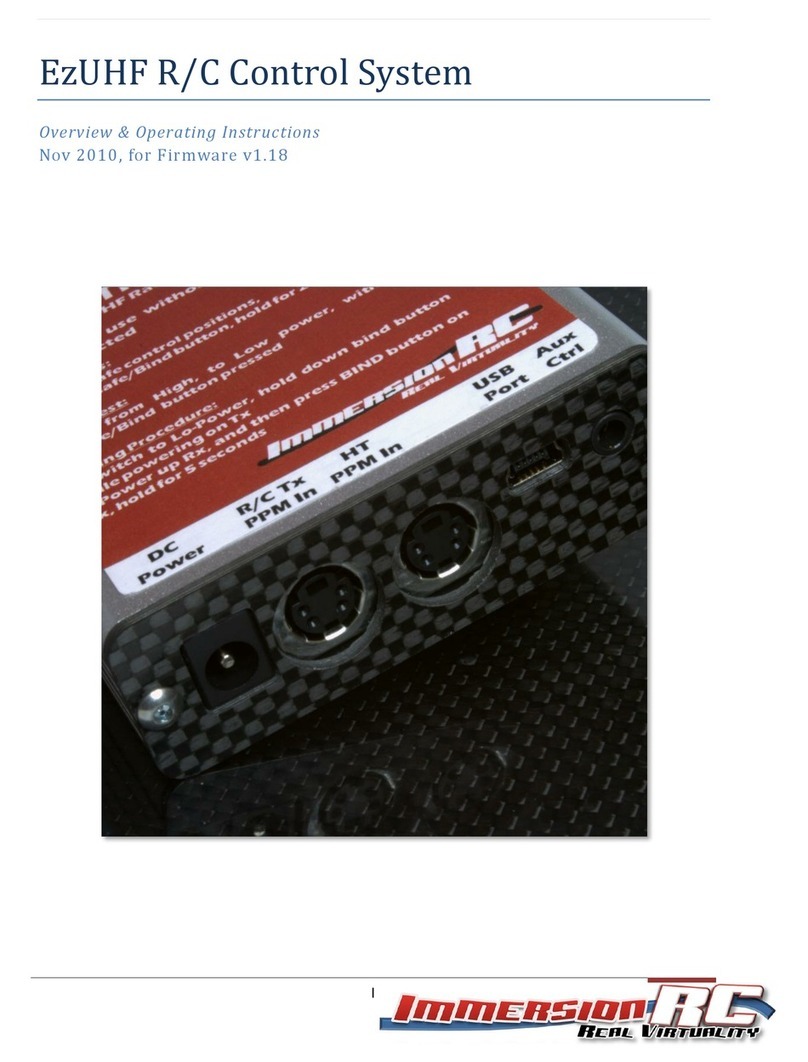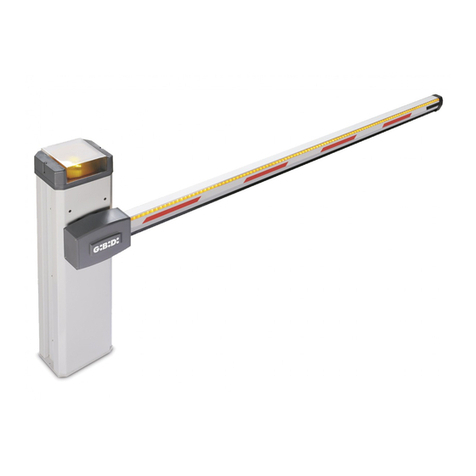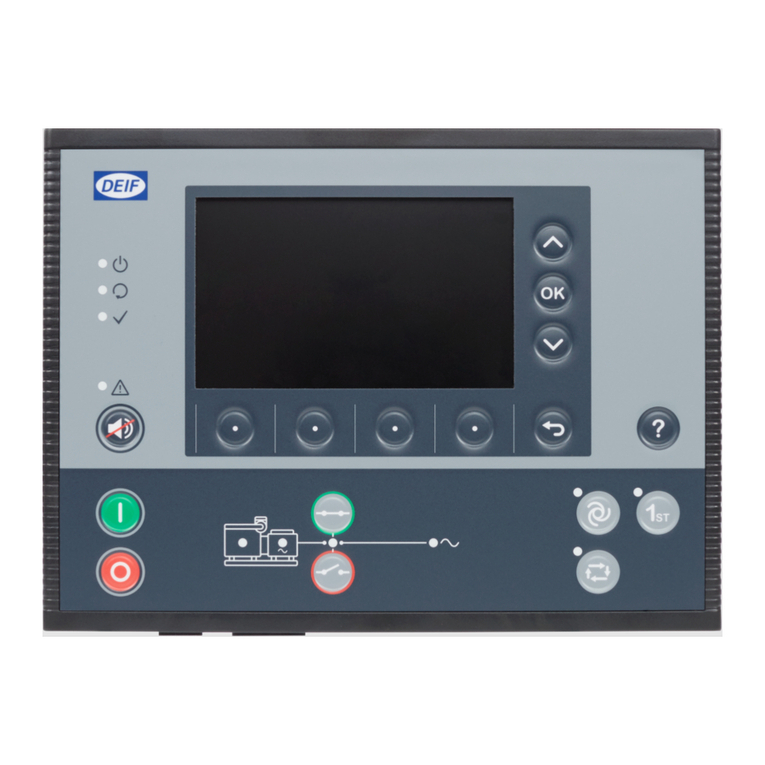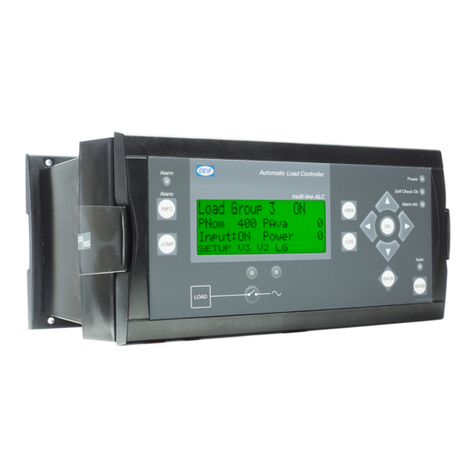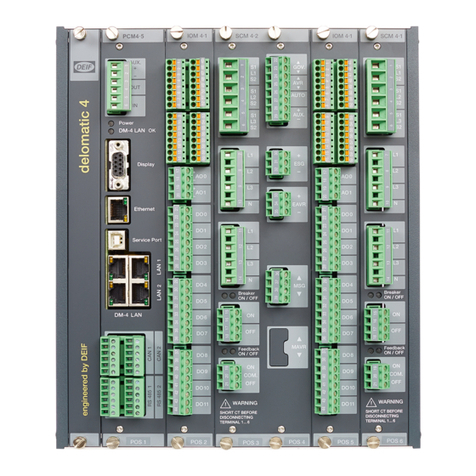
1. Introduction
1.1 Symbols for hazard statements......................................................................................................................................................................................... 3
1.2 About the operator's manual...............................................................................................................................................................................................3
1.3 Warnings and safety.................................................................................................................................................................................................................4
1.4 Legal information....................................................................................................................................................................................................................... 4
2. About the AGC 150 Stand-alone
2.1 Display, buttons and LEDs.....................................................................................................................................................................................................5
2.2 Display settings..........................................................................................................................................................................................................................6
2.3 Mimic function.............................................................................................................................................................................................................................6
2.4 Running modes........................................................................................................................................................................................................................... 7
3. Menus
3.1 Menu structure.............................................................................................................................................................................................................................9
3.2 Parameters menu...................................................................................................................................................................................................................... 9
3.2.1 Menu numbers..................................................................................................................................................................................................................10
3.2.2 The jump to parameter function............................................................................................................................................................................ 10
3.3 View menu...................................................................................................................................................................................................................................10
3.3.1 Display views......................................................................................................................................................................................................................11
3.3.2 Display text........................................................................................................................................................................................................................ 12
3.4 Status texts.................................................................................................................................................................................................................................13
3.5 Service view...............................................................................................................................................................................................................................14
3.6 I/O Setup menu.........................................................................................................................................................................................................................16
3.7 Engine shortcuts......................................................................................................................................................................................................................16
3.7.1 ECU Diagnose and Force Regeneration...............................................................................................................................................................16
3.8 General shortcuts....................................................................................................................................................................................................................17
3.9 Exhaust after-treatment (Tier 4/Stage V)...............................................................................................................................................................18
4. Alarm handling and log list
4.1 Alarm handling...........................................................................................................................................................................................................................21
4.2 Logs menu...................................................................................................................................................................................................................................22
Operator's manual 4189341311B EN Page 2 of 22




















